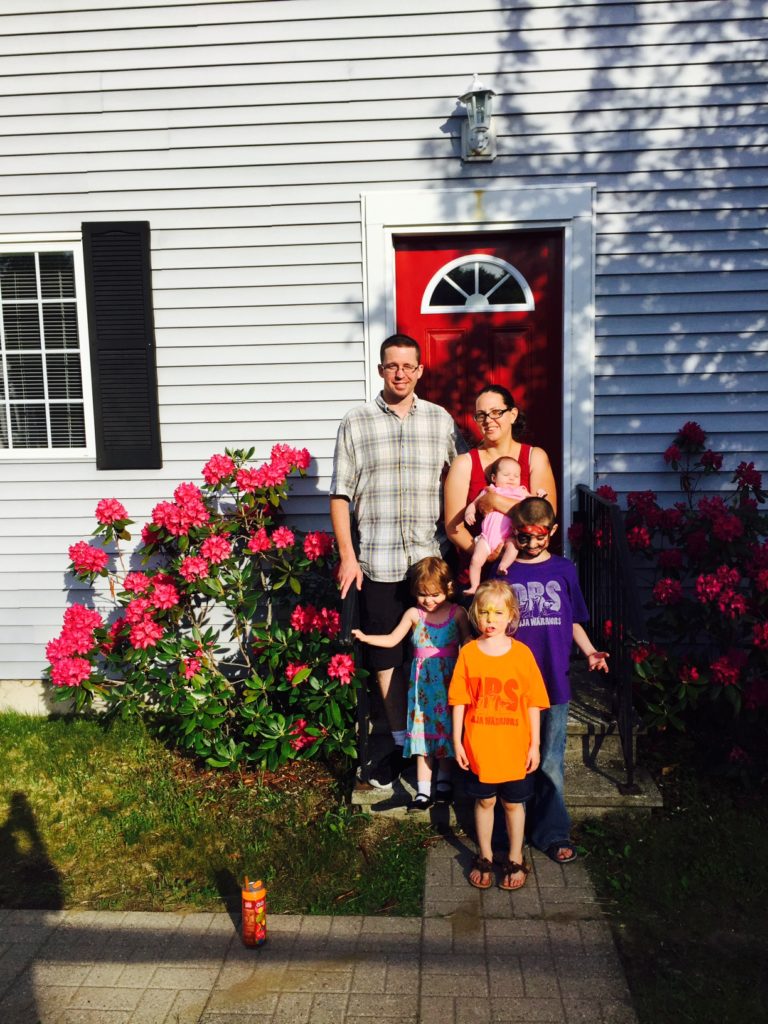Family Supportive Housing
Family Supportive Housing is a program administered by the Vermont Office of Economic Opportunity to help reduce the incidence and duration of homelessness for families with children as they transition to maintaining stable and permanent housing.
This is accomplished through intensive case management/service coordination that addresses the root causes of homelessness, promotes resiliency for parents and children, while helping these households build financial stability. The Haven is one of several providers of Family Supportive Housing in the state of Vermont.
Supportive housing combines affordable housing assistance with supportive services for people experiencing homelessness.
According to the United States Interagency Council on Homelessness “Studies have shown that supportive housing not only resolves homelessness and increases housing stability, but also improves health and lowers public costs by reducing the use of publicly-funded crisis services, including shelters, hospitals, psychiatric centers, jails, and prisons.”


Parkhurst Community Supportive Housing Services
Parkhurst is an 18-unit apartment building that provides permanent, supportive housing to people who are chronically homeless or extremely low-income, meeting a need for the Upper Valley community. In collaboration with Twin Pines Housing, the Upper Valley Haven supports the Parkhurst community members through works with our Service Coordinators. Below are some of the responsibilities that the residents must commit to:
- Participate in scheduled home visits, workshops, trainings, support groups and meetings.
- Regularly meet with Service Coordinators as needed depending on goals/needs.
- Demonstrate progress toward meeting goals.
- Make rent payments on time and follow lease agreements.
- Communicate needs/challenges openly and regularly with both the Haven and Twin Pines.
- Strive to be a responsible and respectful tenant.
Supportive Housing Core Components
Supportive housing links decent, safe, affordable, community-based housing with flexible, voluntary support services designed to help the individual or family stay housed and live a more productive life in the community. There is no time limitation, and tenants may live in their homes as long as they meet the basic obligations of tenancy. While participation in services is encouraged, it is not a condition of living in the housing. Housing affordability is ensured either through a rent subsidy or by setting rents at affordable levels.
There is no single model for supportive housing’s design. Supportive housing may involve the renovation or construction of new housing, set-asides of apartments within privately-owned buildings, or leasing of individual apartments dispersed throughout an area. There are three approaches to operating and providing supportive housing:
- Purpose-built or single-site housing: Apartment buildings designed to primarily serve tenants who are formerly homeless or who have service needs, with the support services typically available on site.
- Scattered-site housing: People who are no longer experiencing homelessness lease apartments in private market or general affordable housing apartment buildings using rental subsidies. They can receive services from staff who can visit them in their homes as well as provide services in other settings.
- Unit set-asides: Affordable housing owners agree to lease a designated number or set of apartments to tenants who have exited homelessness or who have service needs, and partner with supportive services providers to offer assistance to tenants.